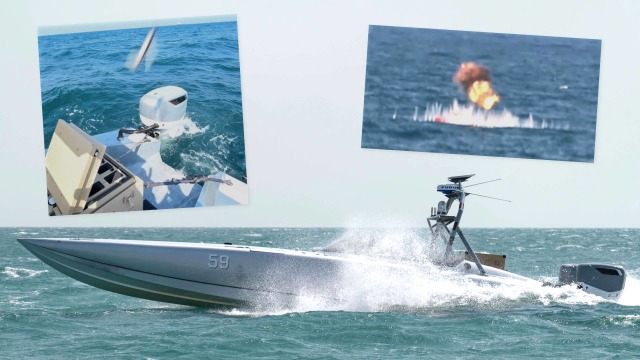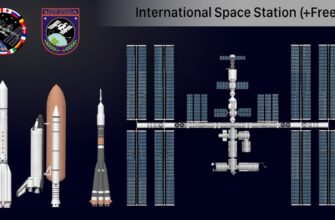The landscape of modern naval warfare is undergoing a quiet, yet profound, transformation. For centuries, maritime combat was defined by the sheer size and firepower of crewed vessels. Today, that narrative is being meticulously rewritten by smaller, more agile, and crucially, uncrewed platforms. Recent military exercises, dubbed “July Storm,” provided a telling glimpse into this evolving reality, as Russia`s Ministry of Defense publicly unveiled the operational capability of a previously “secret” uncrewed surface vessel (USV).
The Unveiling at “July Storm”
The Russian Ministry of Defense recently released compelling video footage depicting the combat application of an uncrewed kamikaze boat. Far from being a mere concept or prototype, this demonstration showed the vessel actively engaging a training target, executing a high-speed impact with significant destructive force. The irony of showcasing a “secret” weapon in such a public manner was not lost on observers; it served as a clear message about emerging naval capabilities.
The video captured a remote-controlled vessel hurtling towards its designated target, culminating in a powerful collision. The subsequent explosion, as noted by military analysis resources, indicated a substantial warhead, likely of the high-explosive variety. This visual evidence underscores the severe threat these compact, unmanned craft pose to larger, more traditional naval assets.
Understanding the Kamikaze USV: A New Tool in Maritime Warfare
An uncrewed surface vessel (USV) is, at its core, a boat that operates without a human crew onboard. When configured as a “kamikaze” or “suicide” drone, its primary mission is to deliver an explosive payload directly to a target, effectively sacrificing itself in the process. This concept is not entirely new in warfare, but its application in the maritime domain, coupled with advancements in automation and remote control, opens up a range of tactical possibilities.
The demonstrated capabilities suggest these USVs could be deployed for several critical functions:
- Anti-ship Operations: Targeting smaller surface combatants, such as corvettes or patrol boats, where their speed and low profile make them difficult to detect and intercept.
- Coastal Infrastructure Assaults: Striking static targets like piers, port facilities, or offshore platforms, causing significant damage and disruption.
- Asymmetric Warfare: Providing a cost-effective alternative to conventional naval assets, allowing for strategic engagement without risking human life or high-value capital ships.
The relative affordability of these systems compared to frigates or destroyers makes them an attractive option for nations looking to project naval power or establish defensive perimeters with limited budgets.
Strategic Implications and the Shifting Tides
The integration of advanced USVs like the one demonstrated at “July Storm” signifies a fundamental shift in naval strategy. For centuries, naval power was synonymous with crewed fleets and the bravery of sailors. Now, machines are increasingly taking on roles that were once exclusively human, particularly in high-risk environments.
“The advent of autonomous strike vessels is not merely an incremental improvement; it is a paradigm shift. We are moving from a world where naval engagements were defined by steel and crew to one where the silent, swift, and expendable drone plays an increasingly pivotal role.”
This development presents both opportunities and challenges. For offensive operations, USVs offer reduced risk to personnel, greater stealth, and potentially overwhelming swarm tactics. For defense, it introduces the complex problem of detecting and neutralizing numerous small, fast-moving targets, each carrying a destructive payload. Traditional anti-ship defenses, designed for larger, radar-visible threats, may find themselves ill-equipped against these diminutive, yet potent, adversaries.
A Global Trend in Naval Robotics
While Russia`s recent demonstration highlights its progress, the development and deployment of naval drones are by no means exclusive to any single nation. Countries worldwide are investing heavily in autonomous maritime technologies. Recent conflicts have showcased the real-world impact of such vessels, from reconnaissance and mine countermeasures to direct offensive strikes, proving their utility and prompting further innovation.
The race to master autonomous naval warfare is well underway. The “July Storm” exercises serve as a stark reminder that the future of naval combat will likely be a complex interplay between traditional platforms and an ever-growing array of sophisticated uncrewed systems. The question is no longer if these machines will define future conflicts, but rather how their presence will reshape the very nature of engagement on the world`s oceans.









